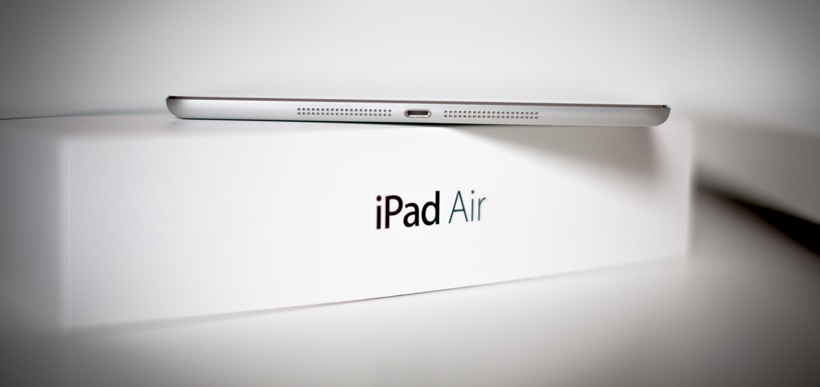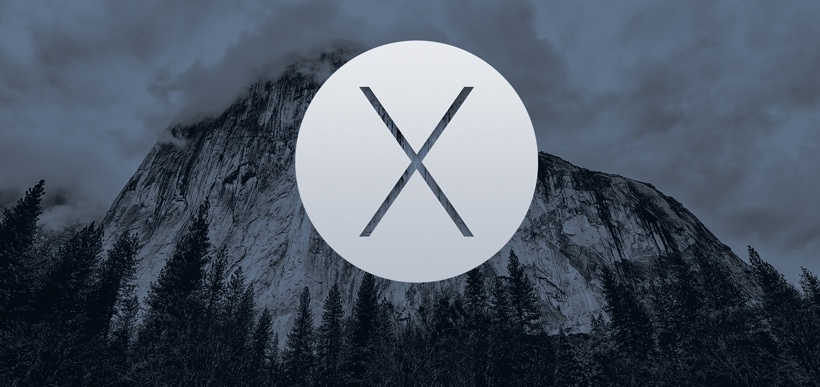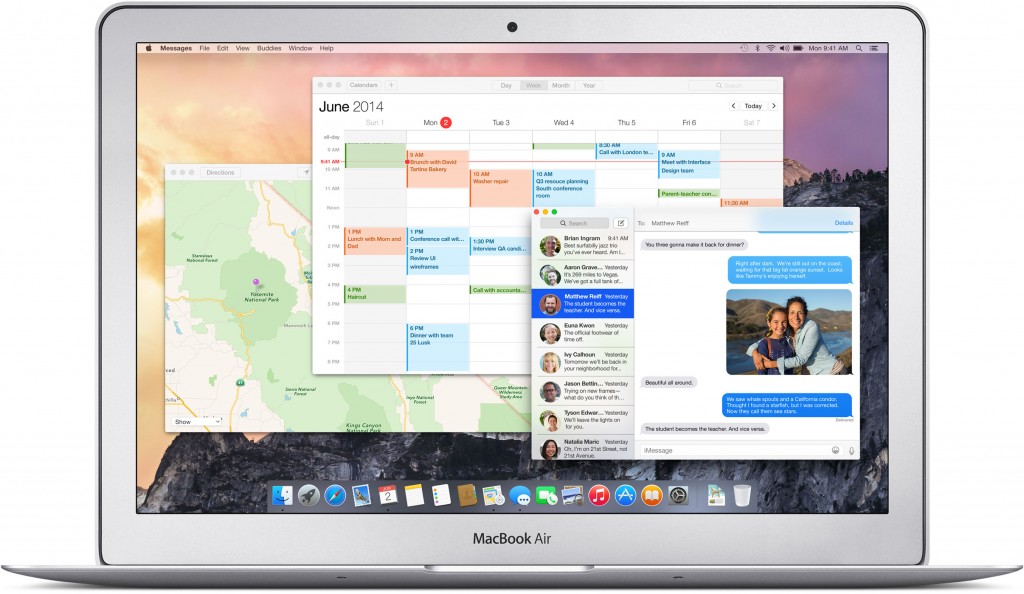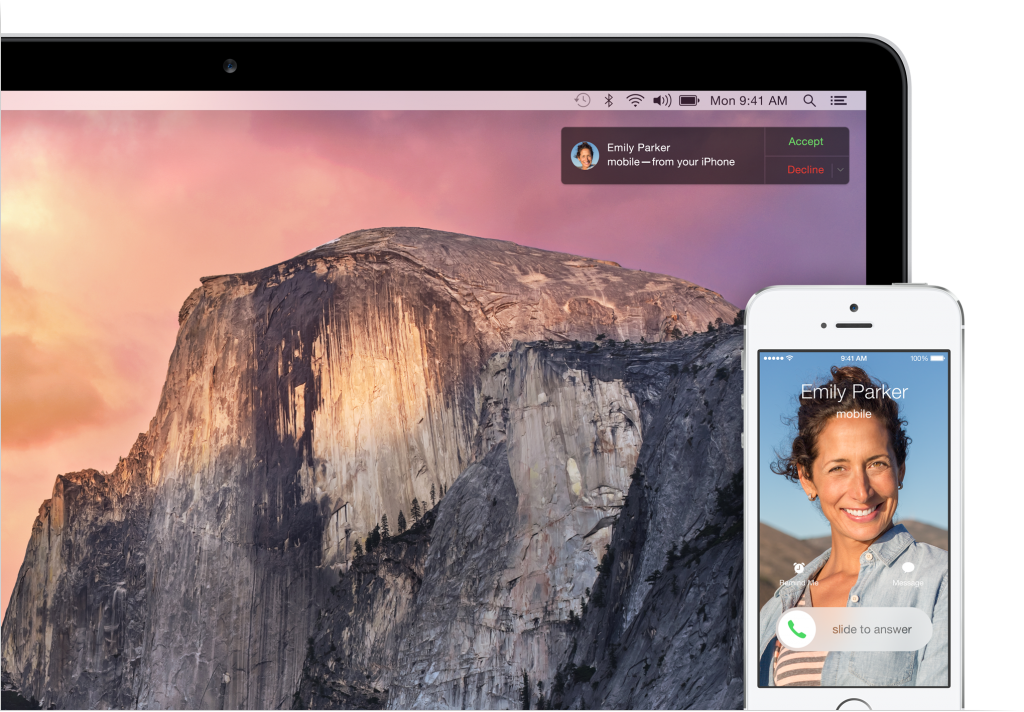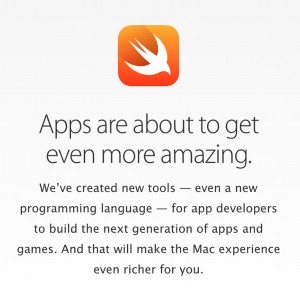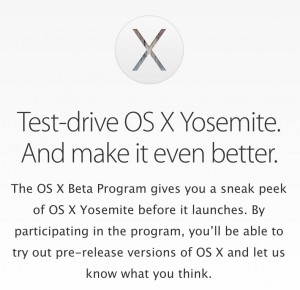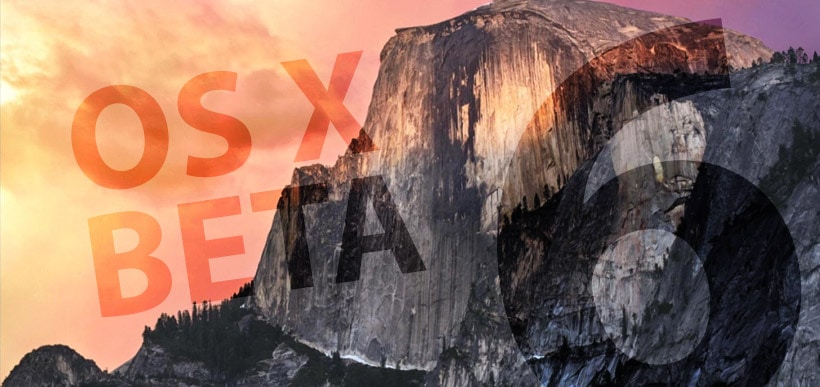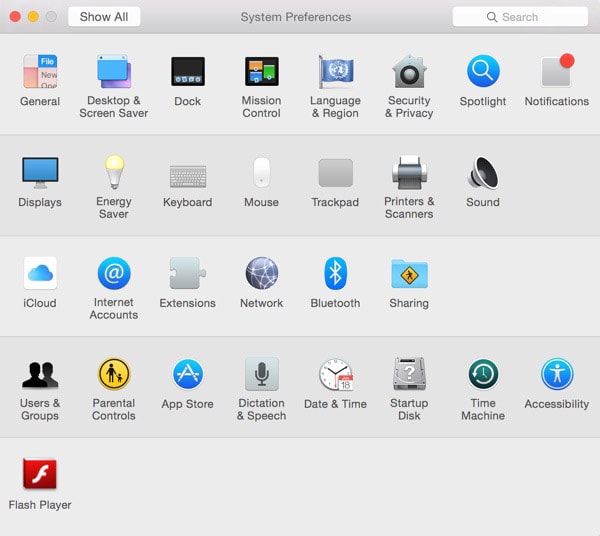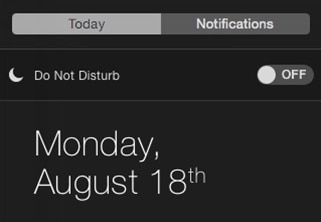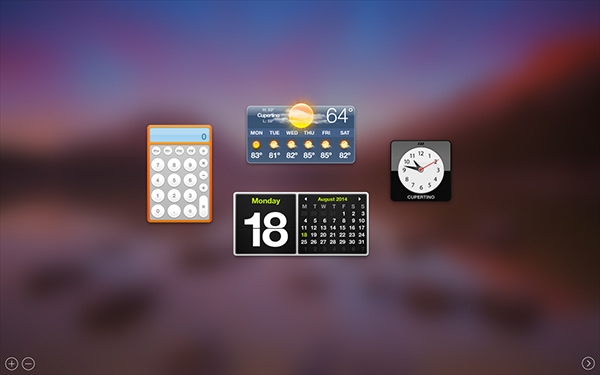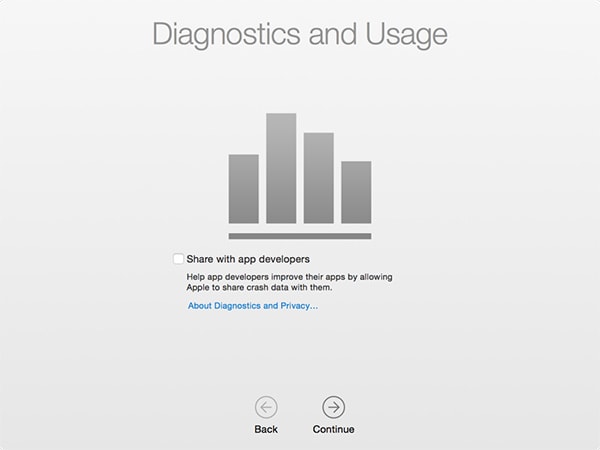According to a report out of Taiwan, the next generation iPad, commonly referred to as the iPad Air 2 (most probably will be known by Apple name as simply the iPad Air), will feature 2GB of RAM. That is double the amount of RAM found in the current generation iPad Air. The current generation iPad mini with Retina Display also features 1GB of RAM.

According to the rumor, the second generation iPad Mini with Retina Display will still be stuck at 1GB of RAM.
Memory Does Not Matter to Apple
As many Apple enthusiasts know, Apple rarely plays the specs game. Instead they focus on keeping the cost of the device low so that they can keep their profit margins high.
That means that instead of getting away with shoddy software design, Apple has to constantly reconfigure and optimize their operating systems for the amount of RAM that they are putting in the device. This is why it is often said that Apple’s devices run better despite their failure to compete on specs.
RAM is a big deal however, even for Apple. Apple has, since the iPad’s launch in 2010, placed a lot of capital in the device as being a great gaming machine. Indeed it clearly beats Android when it comes to depth, quality, and quantity of game titles. By increasing the RAM in the next generation iPad Air, Apple will allow developers to do much more when it comes to graphics and processing. That means better and bigger games.
In iOS 8, Apple has created a newly designed software stack called Metal, which will eliminate the processing time between request and execution. In layman’s terms, it allows the game to get closer to the CPU and GPU, which means games will operate faster. By adding extra RAM to the iPad Air 2, Apple gives developers even more power to play with.
As is always the case, Apple has to take certain things into account before they can increase specs like RAM. For example, more RAM means a bigger impact on both battery life and heat output.
Another reason why more RAM makes sense for Apple, is that rumors point towards a new multitasking function that will allow users to run apps side by side. Additional RAM will make that process smoother and more enjoyable for users.
iPad Air 2 Rumors
As Apple get’s closer to the anticipated release of their next generation iPads, several rumors have leaked out. Including the inclusion of Touch ID, a slight redesign, and a anti-glare screen. It is rumored that Apple will announce the new iPad Air 2 in October (based on previous year’s iPad launches).
